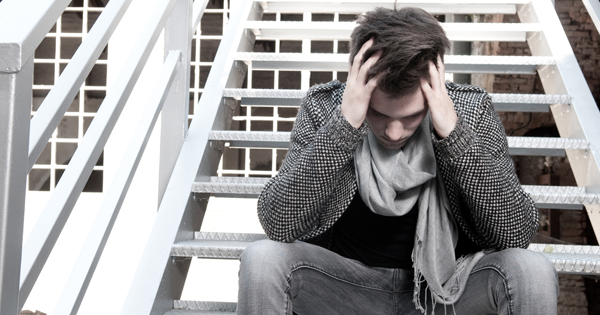When you’re depressed, or even just sad, it may seem like all your senses are dulled—like nothing tastes good, or that colors don’t look as bright.
The weird thing is, you may not be imagining it.
A recent study found that emotion has a strong connection to how we perceive color.
Happy people will describe their environment as bright and colorful, while those who are sad will describe it as colorless or gray.
It’s an established fact that emotions are connected to “low-level visual processes,” meaning how you perceive space. The way that you process the things you see requires some chemical input in your brain. Depression, for example, has been found to be linked to an inability to differentiate colors.
This study had two groups: the “sadness” group, given a sad scene from The Lion King, and the “amusement” who was given a standup routine to watch.
They then looked at color patches that had been desaturated almost to gray, and were told to distinguish their colors.
What was found was that those in the “sadness” group had a hard time telling the difference between shades on the blue-yellow axis, but not on the red-green axis.
Why one axis and not the other? It may be that “seeing red” and “feeling blue” are truer than we think. It may be that when you’re sad, you still have a need to be able to see red as an anger response.
The lead researcher of this study says that being unable to see one axis and not the other is what makes this study important. If sadness affected all the colors, it probably would have been some issue of chemical arousal. But now, it seems like dopamine is an important factor, one that plays heavily into depression and now, may play into how we see colors.
It just goes to show that the way we feel is a huge part of how we see the world.





